Final day of the museum tour. Not quite the third day in a row, but the third day in a week. All the biggest and most popular museums in Riga will be visited. They are certainly not all of them, but if you look at Riga as a tourist, these should be enough, as it took me three full days to see them. So, it’s day three, it’s still sunny and warm outside, but the weather forecast is tricky – it might rain. Apart from these three days, I cannot remember a day when it took me just one hour to get from my bed to the door of the museum.
Walking through the doors of the museum, there are no signs of rain, but there are plenty of clouds. The first one is Latvian National Museum of Natural History. A bit of geology, zoology, entomology and anthropology.
Before starting the museum itself, I took the opportunity to look at the lilies. The day before, the lily exhibition is open in the museum. There could be around 50 different varieties of lilies. From the simpler to the more glamorous. I think I capture the most beautiful ones in pictures. The description of the exhibition mentions that this is an exhibition of perfumed lilies, and visitors smell them and comment. It should be noted that there are no young people here, with the exception of children brought along by their parents. Admittedly, I wouldn’t purposely come just to see the lilies myself either, as the exhibition is not a large, single spacious room. After studying, smelling and photographing the flowers, I can go and see the permanent exhibits.
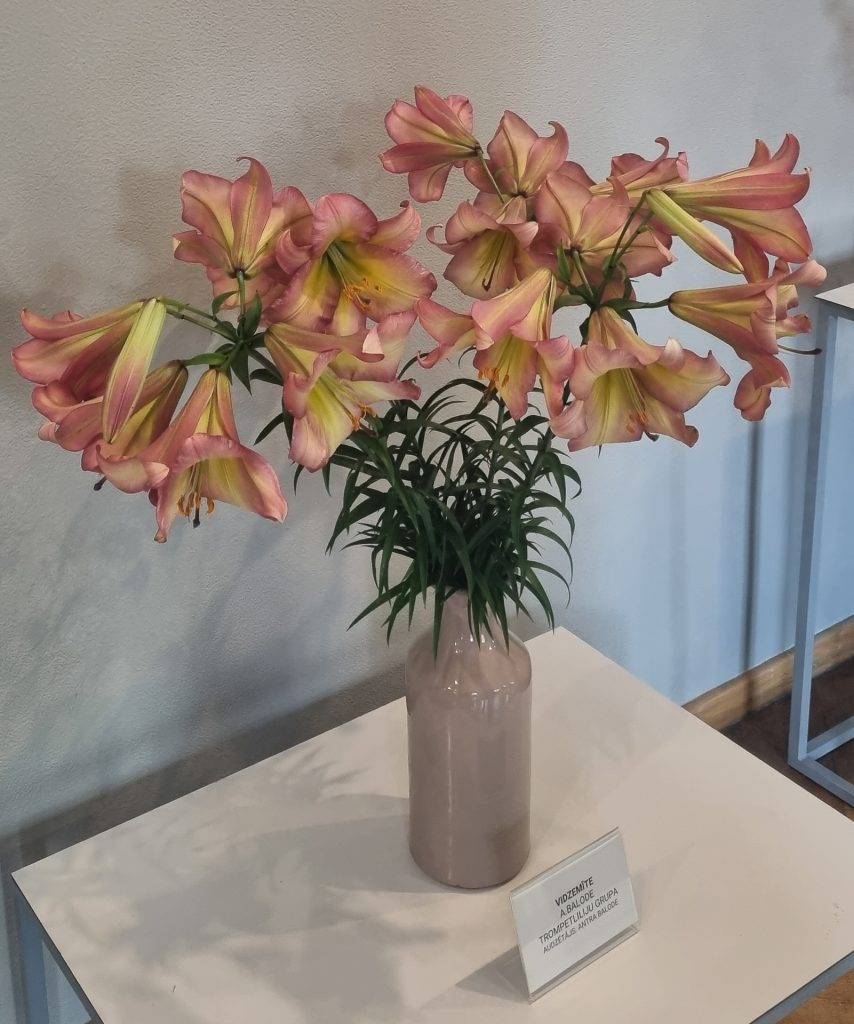
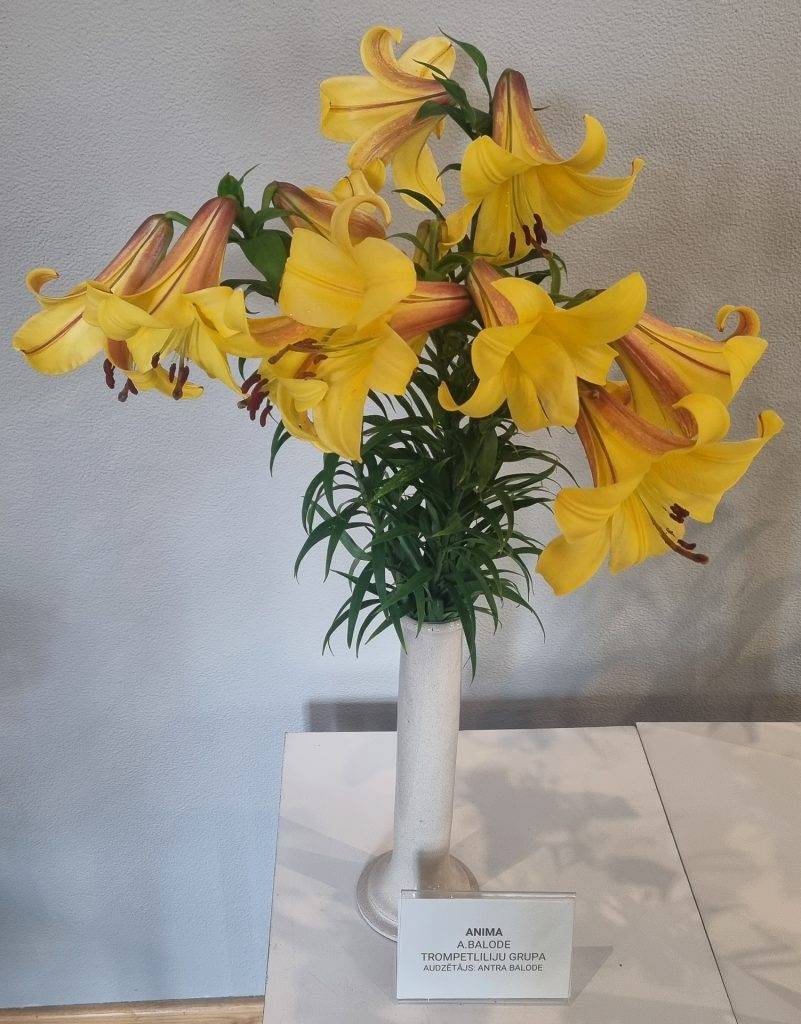
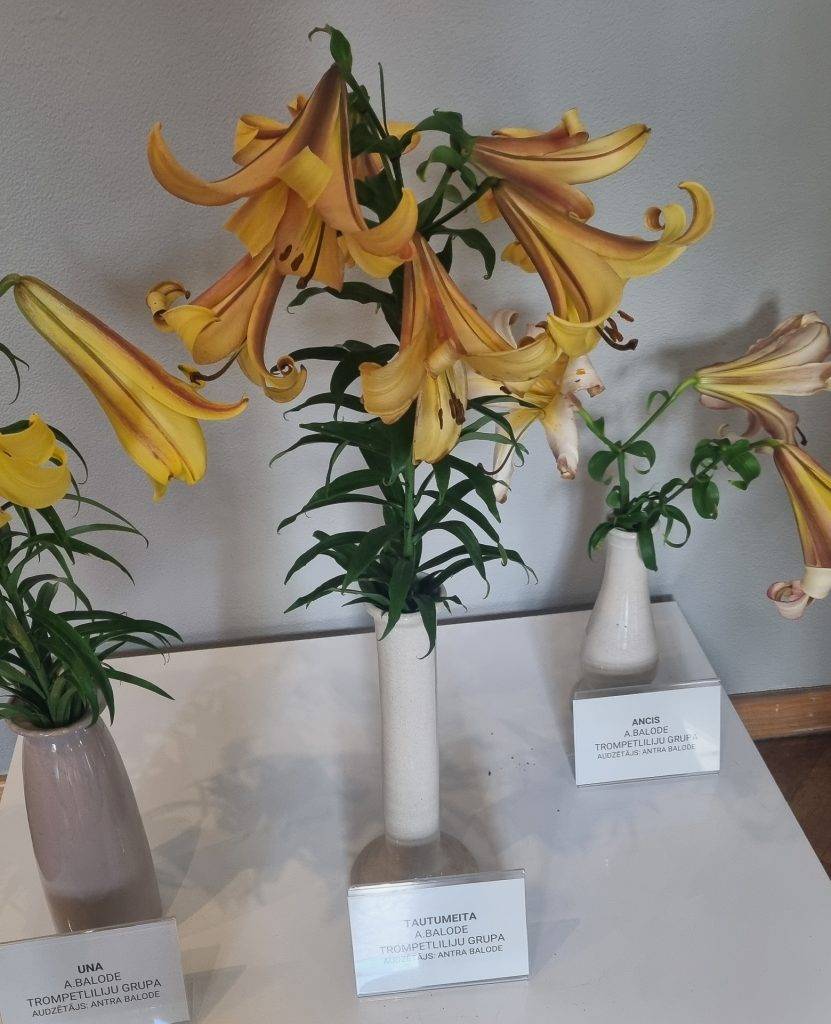
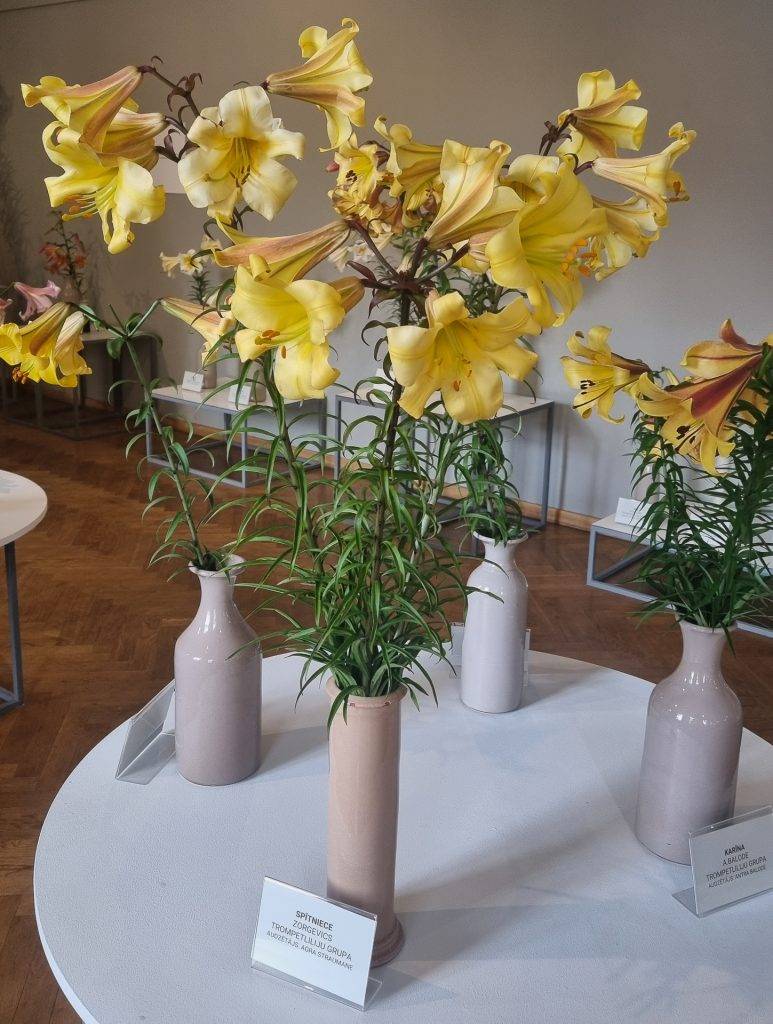
This lily is my favorite
It all starts from the bottom, from the earth, from geology and dinosaurs. There are many active and dormant volcanoes in the world, but Latvia is the place where volcanoes are exotic. This is a fact that we should not be sad about. In between seeing volcanoes and various colourful rocks and minerals, you can see prehistoric creatures such as dinosaurs, water-zaurs and mammoths. The most colourful minerals are the ones that catch the eye in the extensive mineral collection. As with metals, where gold shines.
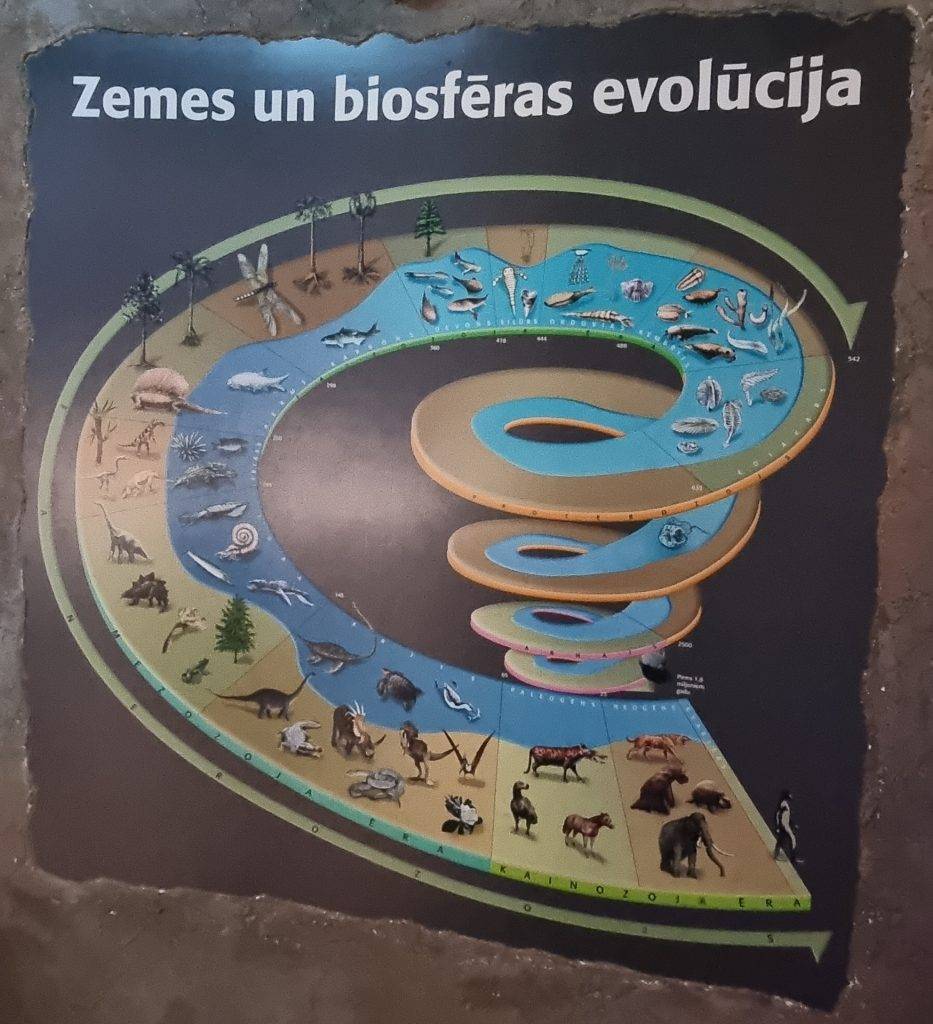
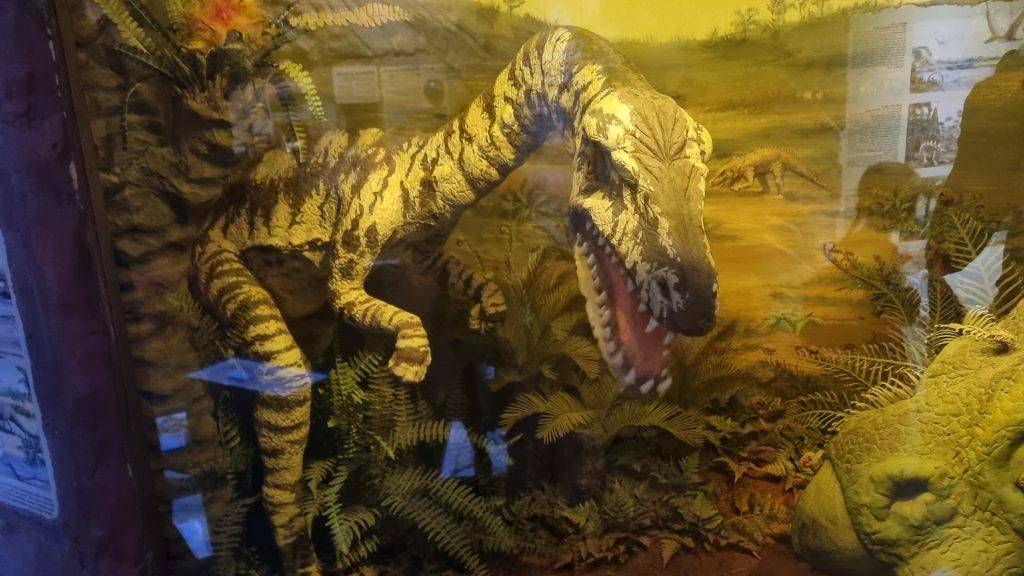
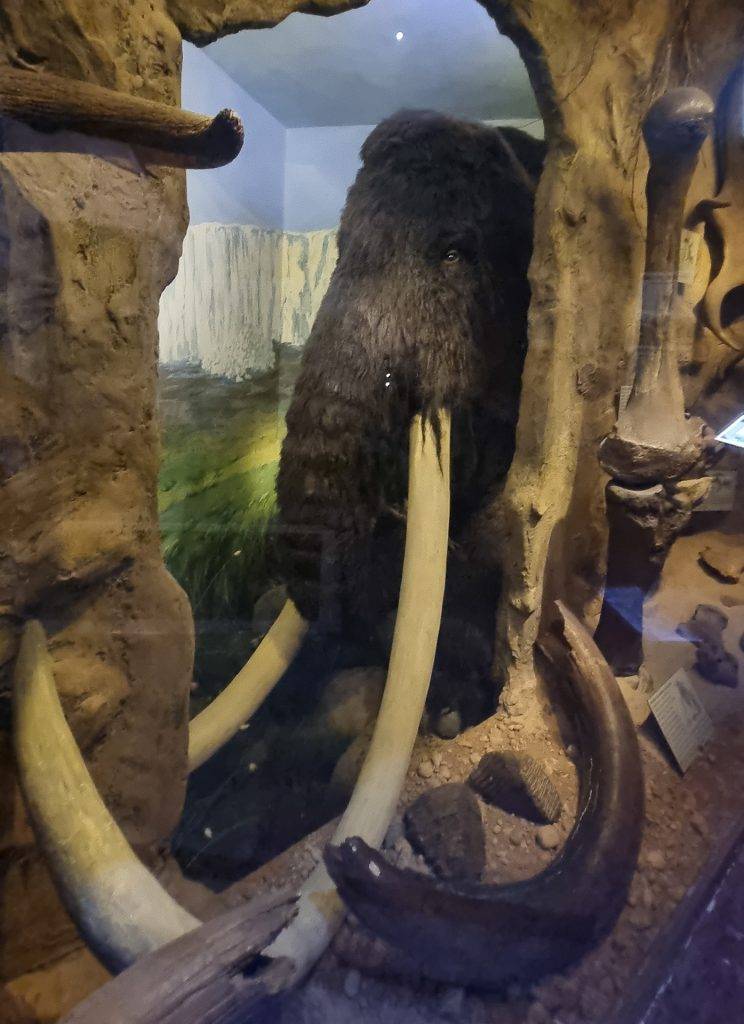
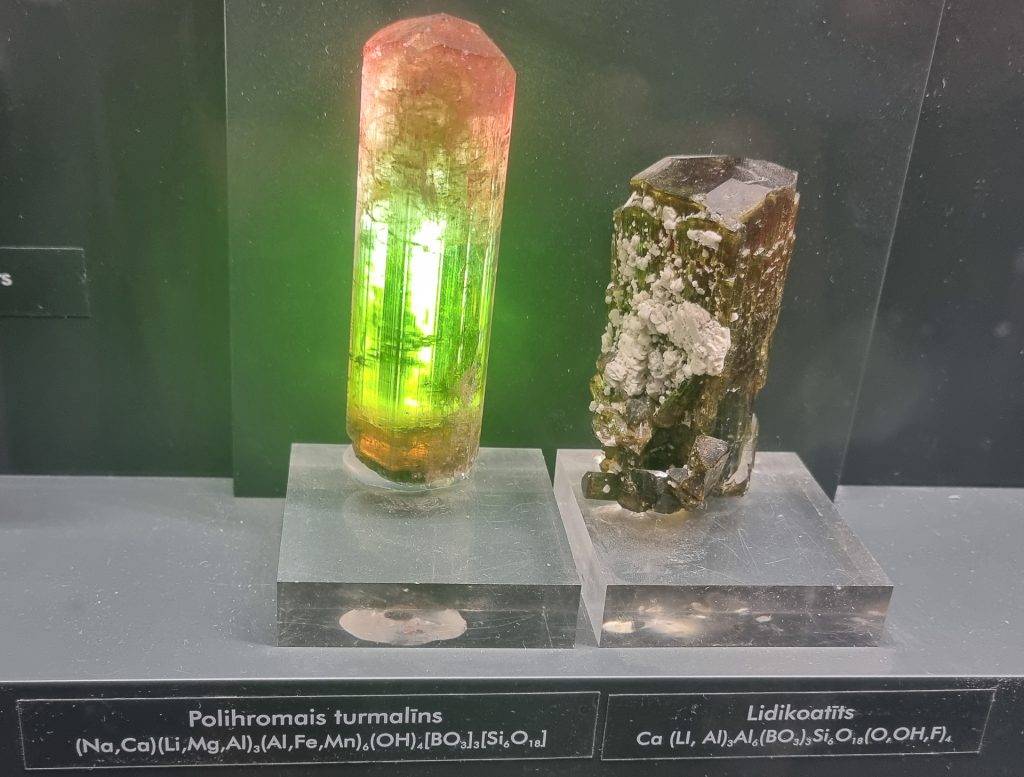
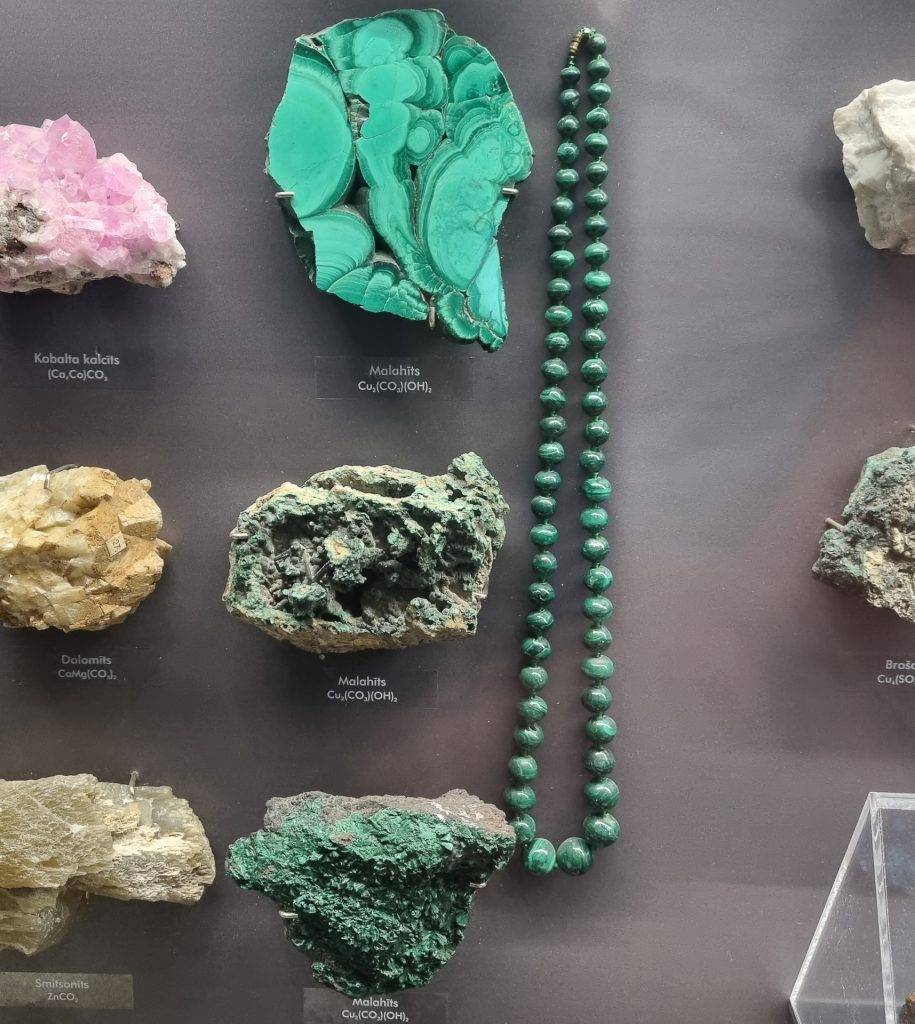
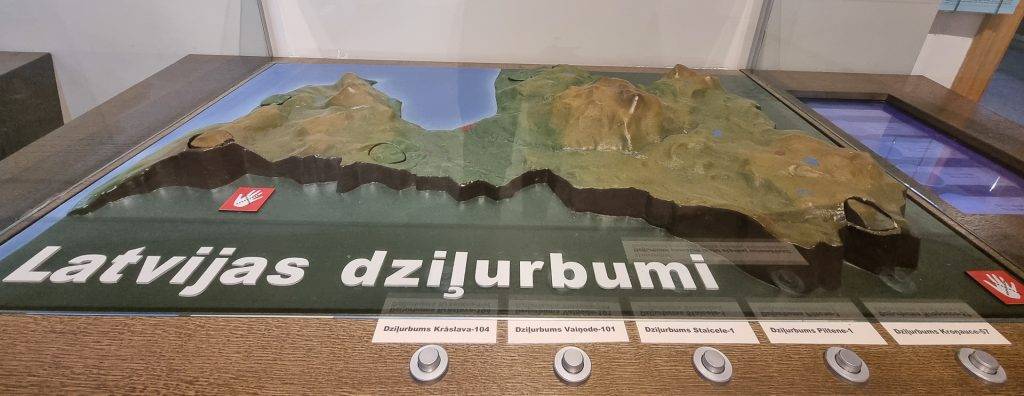
The next floor comes with zoology, where an entire floor is dedicated to hundreds of stuffed animals. As I start to look at the exhibits, I notice that it has started to rain outside, as they say, “it’s raining like from buckets”. The pleasant aroma of the rain is coming in. The museum is indoors, so I don’t think much about it. From the birds to the predators that eat them. On one of the walls of the room is a zoogeographical map, i.e. the location of animals on a world map, land and water. The animals stick strictly to their regions or the environment in which they live. Quite the opposite of what humans do. They go where they can freeze, they go where they can drown and they go where they can overheat. Again, one small talk where the museum guide tells, probably the organiser of a school excursion group, that a weasel (it sounded like that to me because I didn’t hear the beginning of the conversation, but I found video evidence that I didn’t mishear), which is much smaller in size than a hare, is able to hunt it. It hops from branch to branch, literally hypnotising the hare, due to the peculiarities of the hare’s vision, more due to the position of its eyes. The hare gets dizzy and the weasel attacks. Crazy weasels!
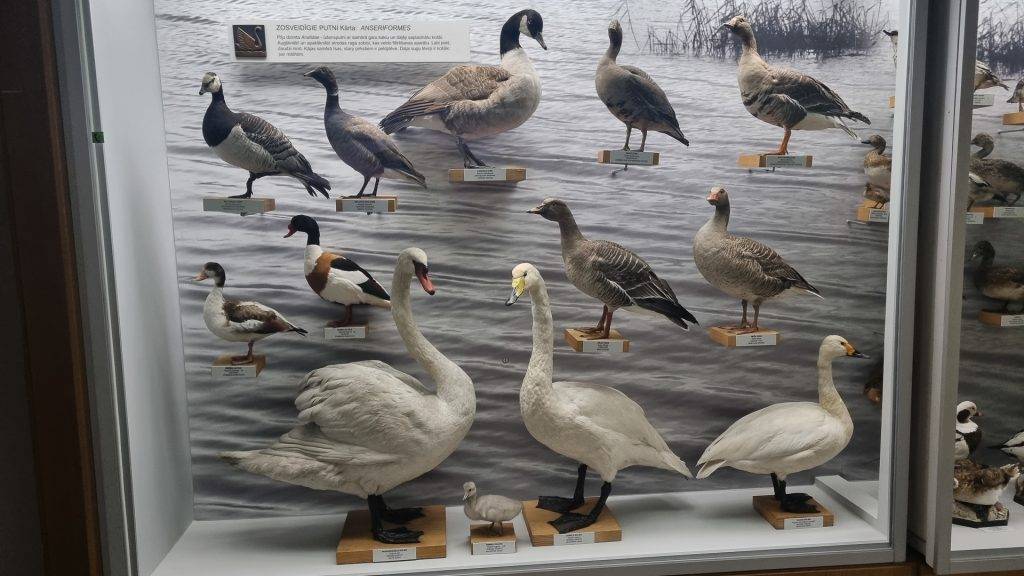
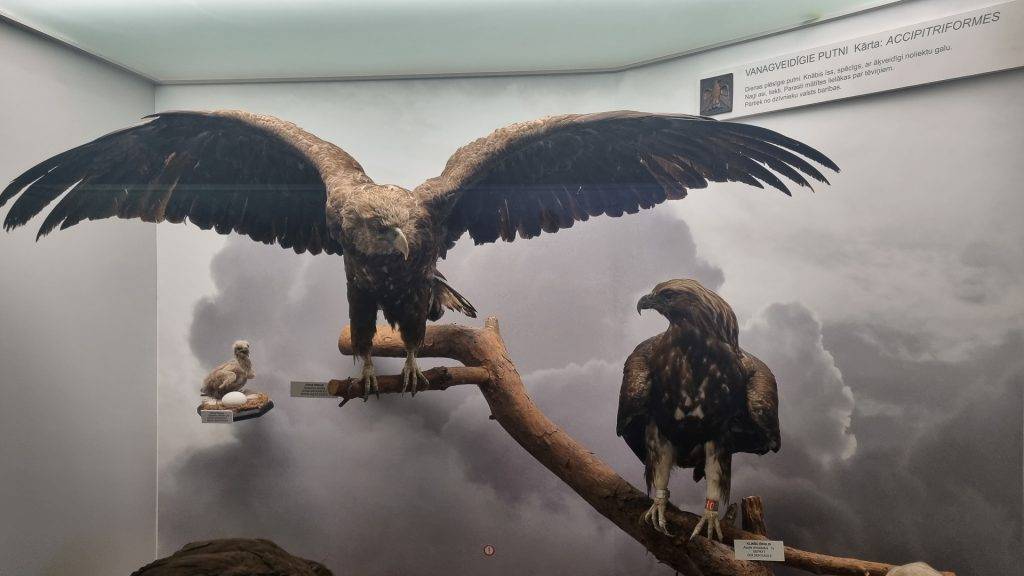
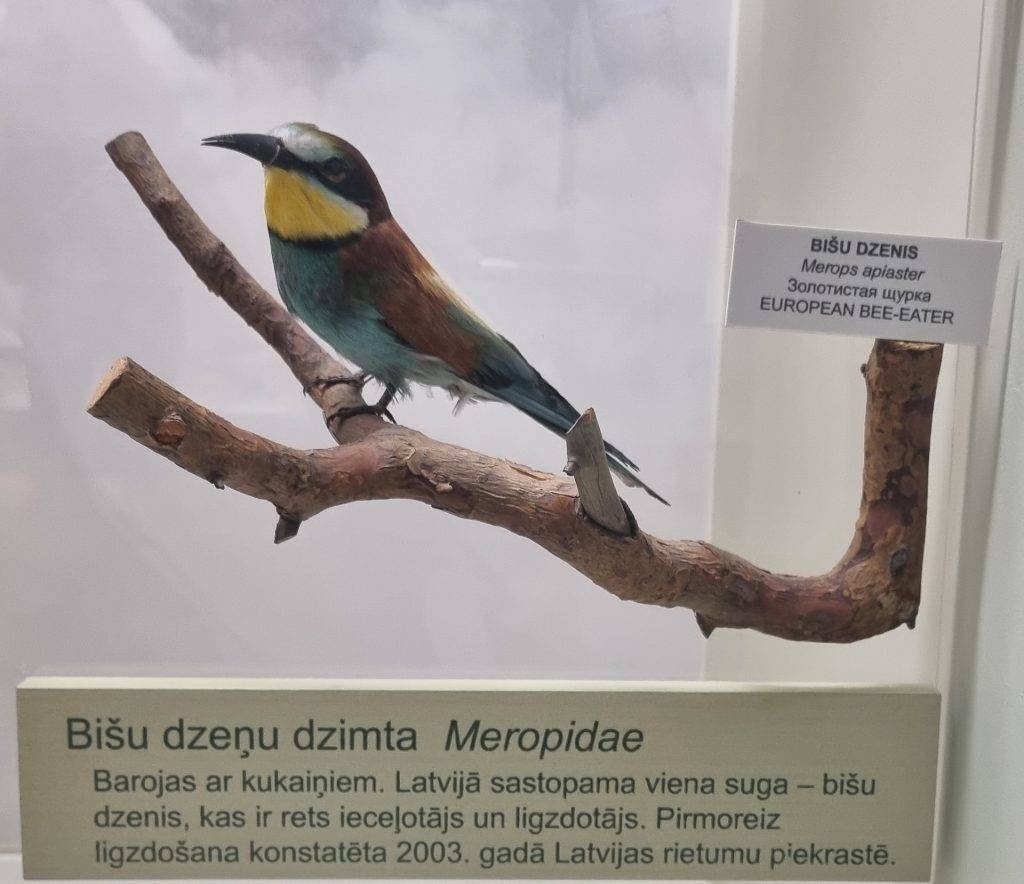
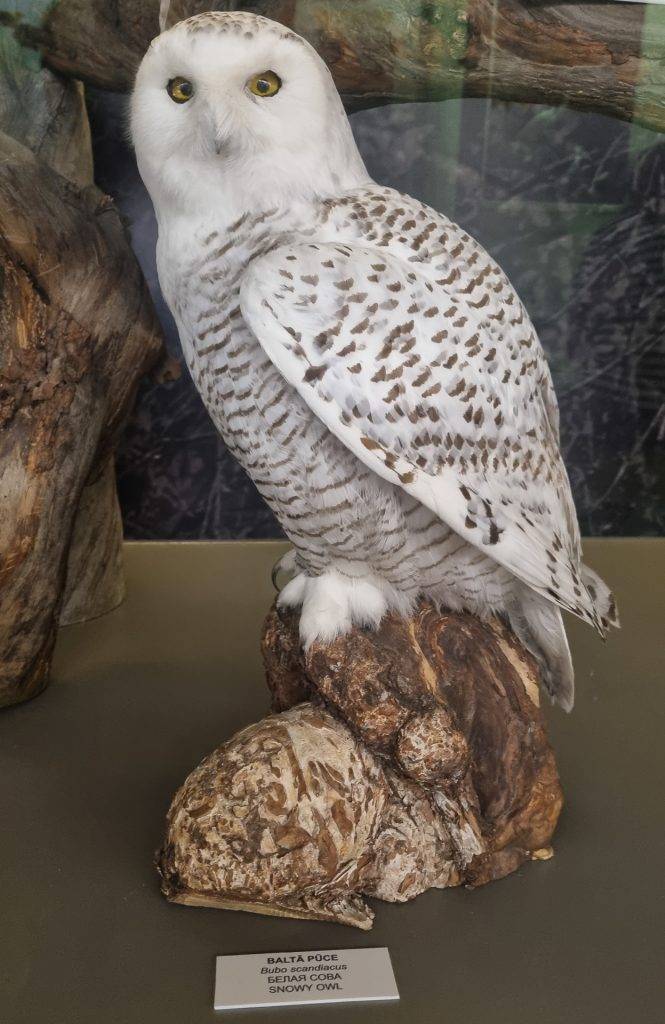
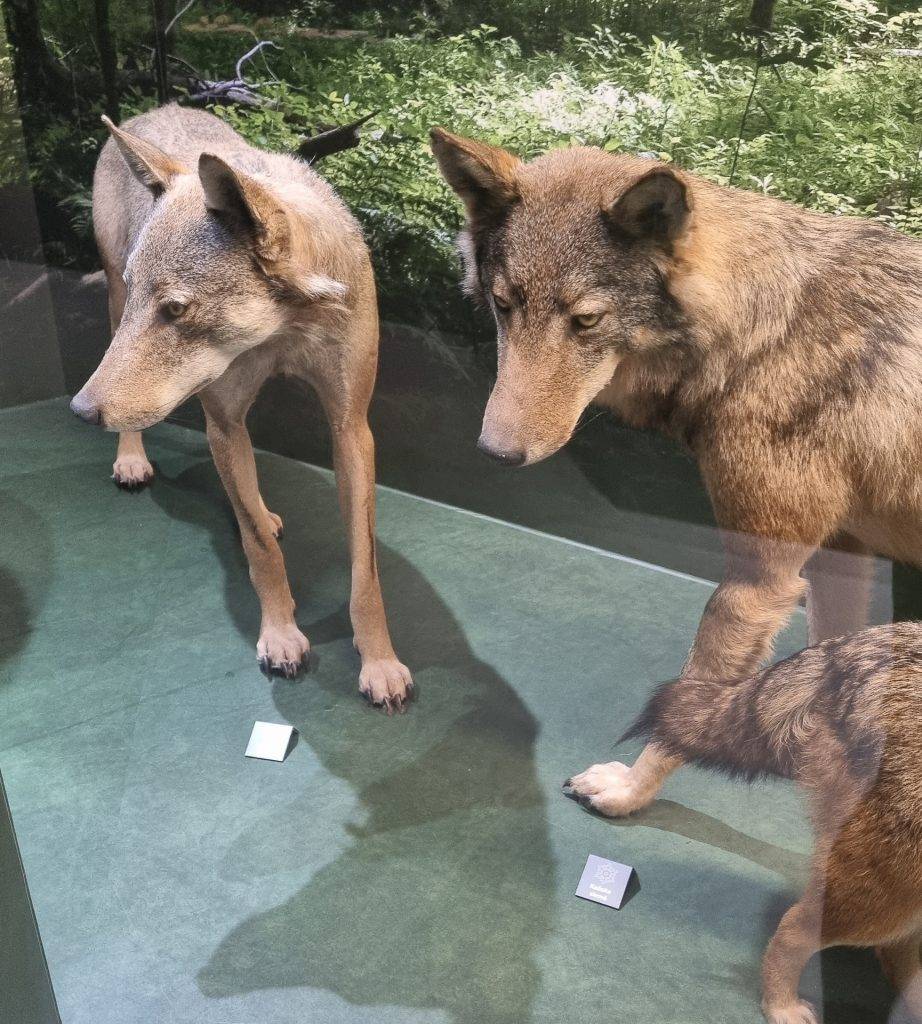
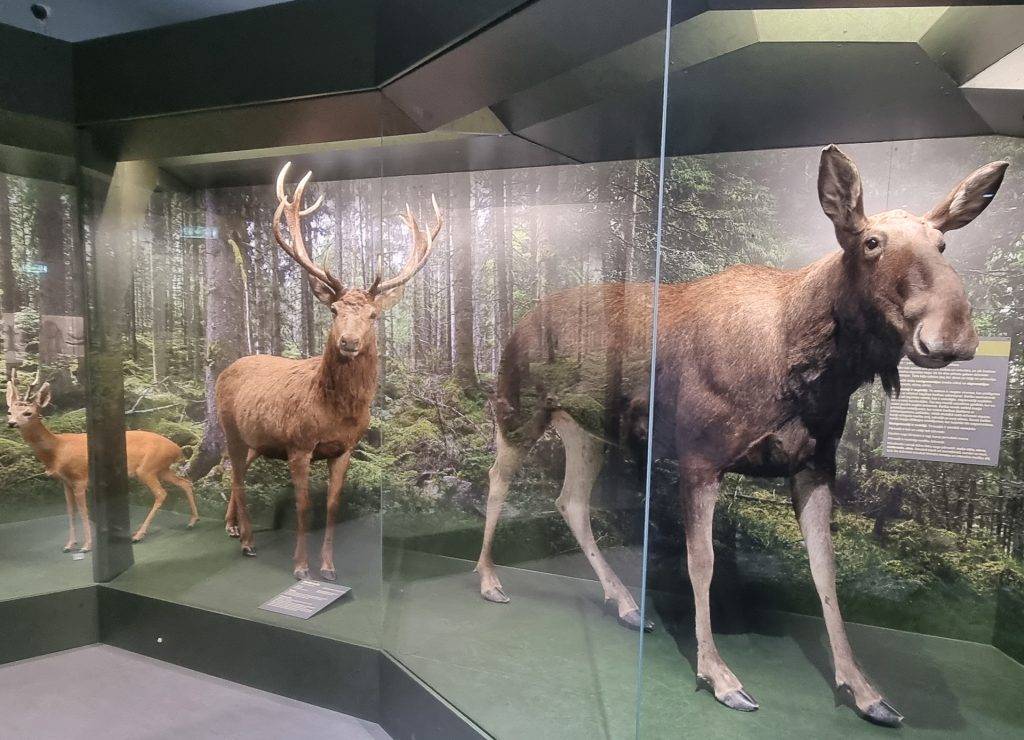
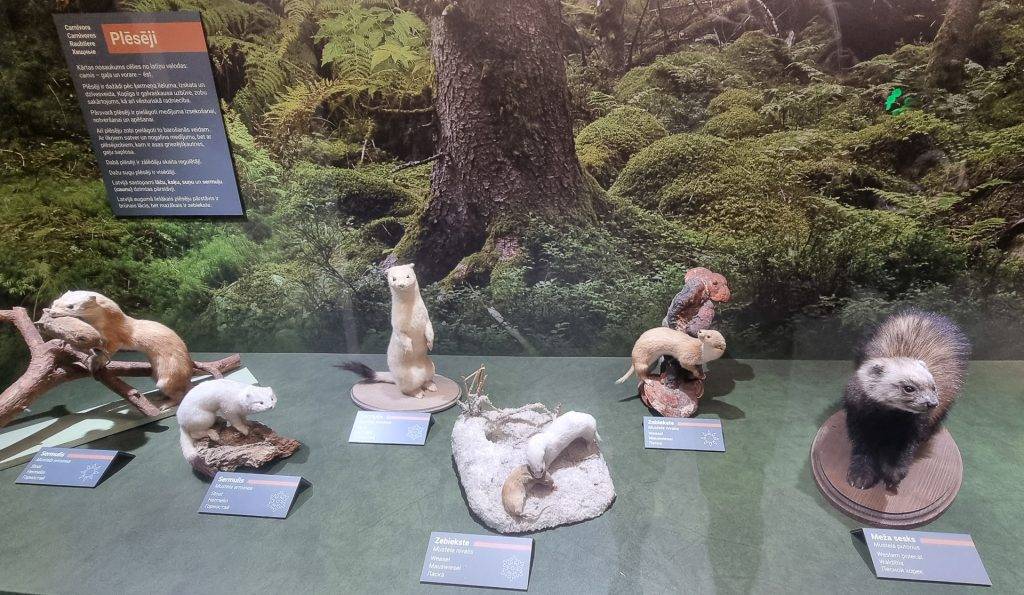
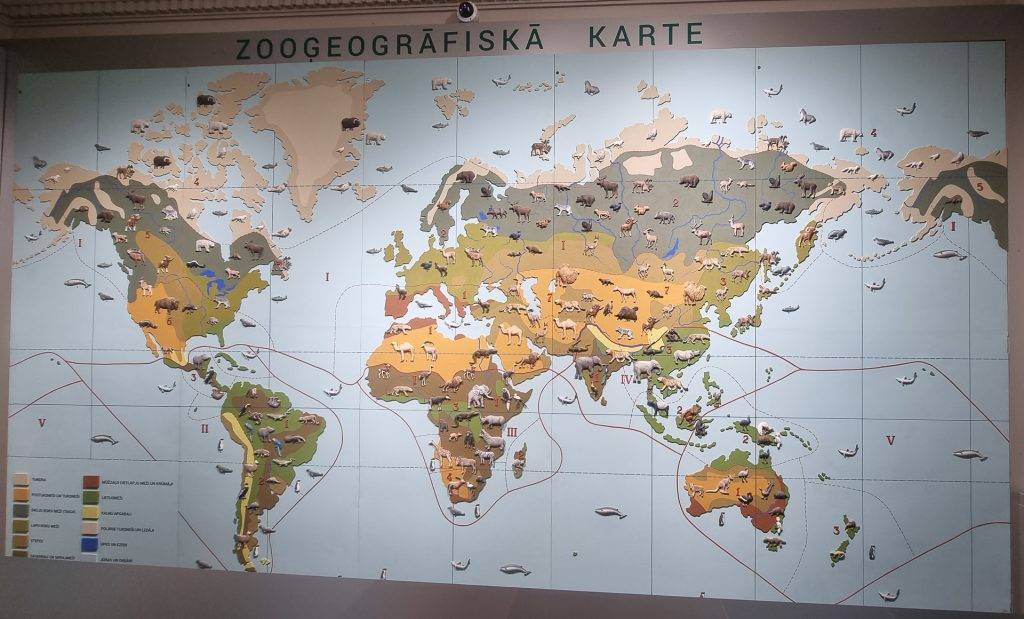
From scary stories to the next floor, which mushrooms and insects call home. In the mushroom room, the most poisonous ones are the most striking, of course the fly agaric. At that moment I thought of the familiar similarity with humans. A lot of people who are overly ostentatious (like fly agarics) want to attract attention to themselves, but underneath that attention is something bad. It’s not a lie. I haven’t met a single person who overdoes the ostentatiousness who is psycho-emotionally healthy. What’s the big deal about bad things, better to look at beautiful butterflies in the next room. Latvia’s latitudes don’t have the right temperatures to have the world’s most gorgeous butterflies here, but if I look globally, many of the butterflies are fabulously beautiful. So vibrant in colour that you just want to look at them for a moment longer.
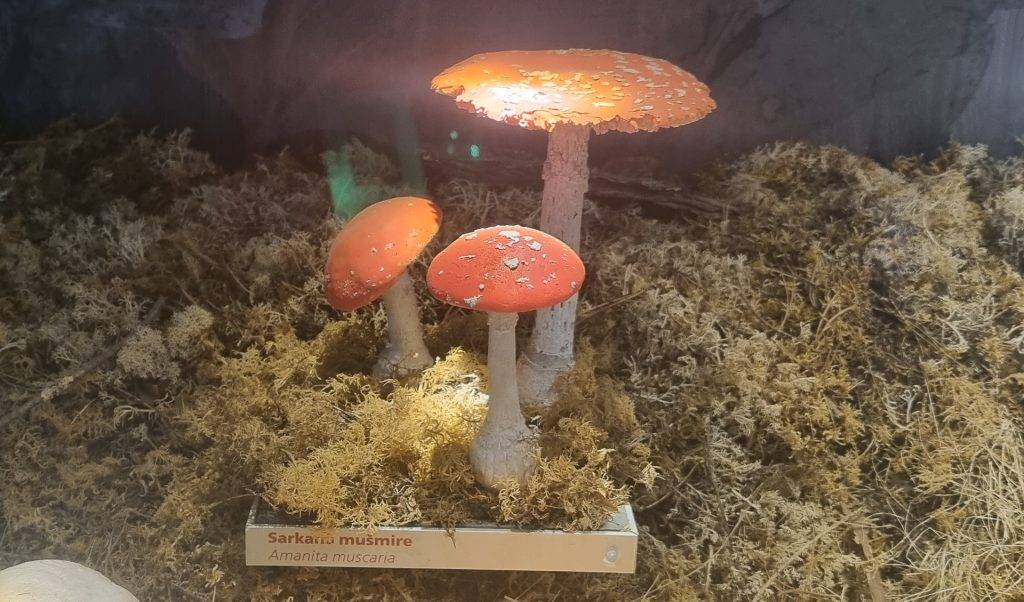
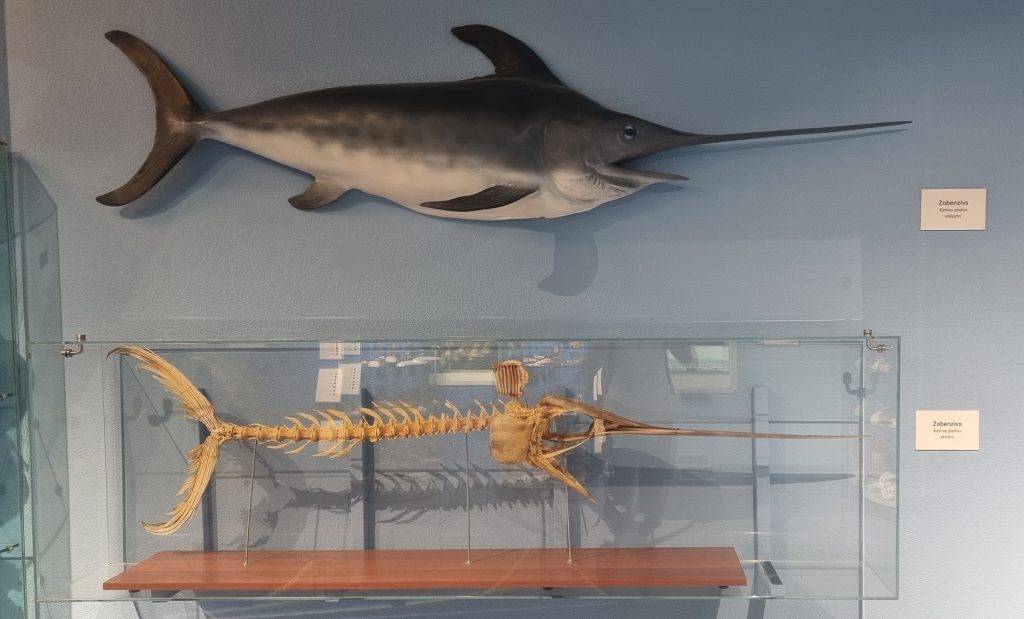
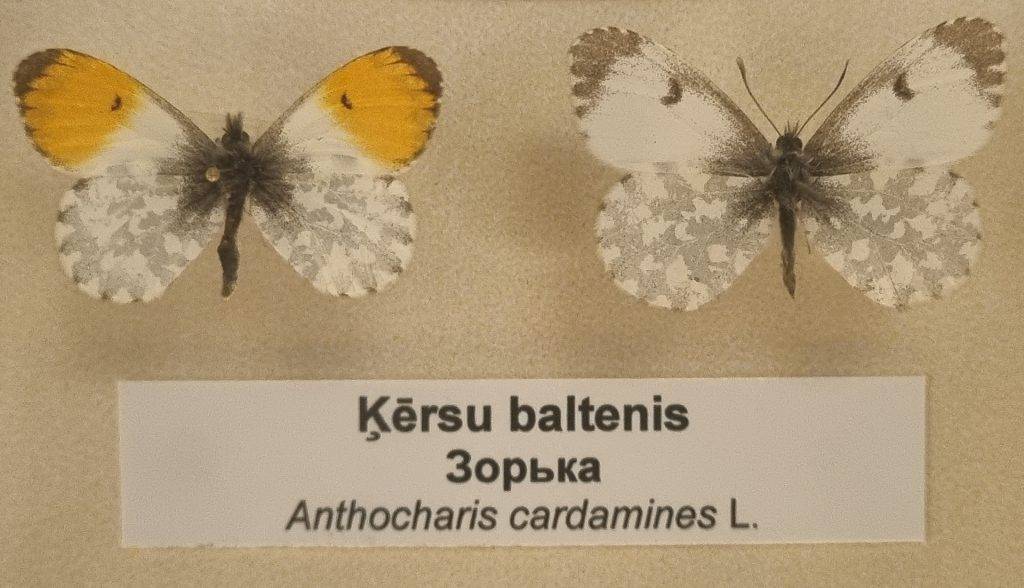
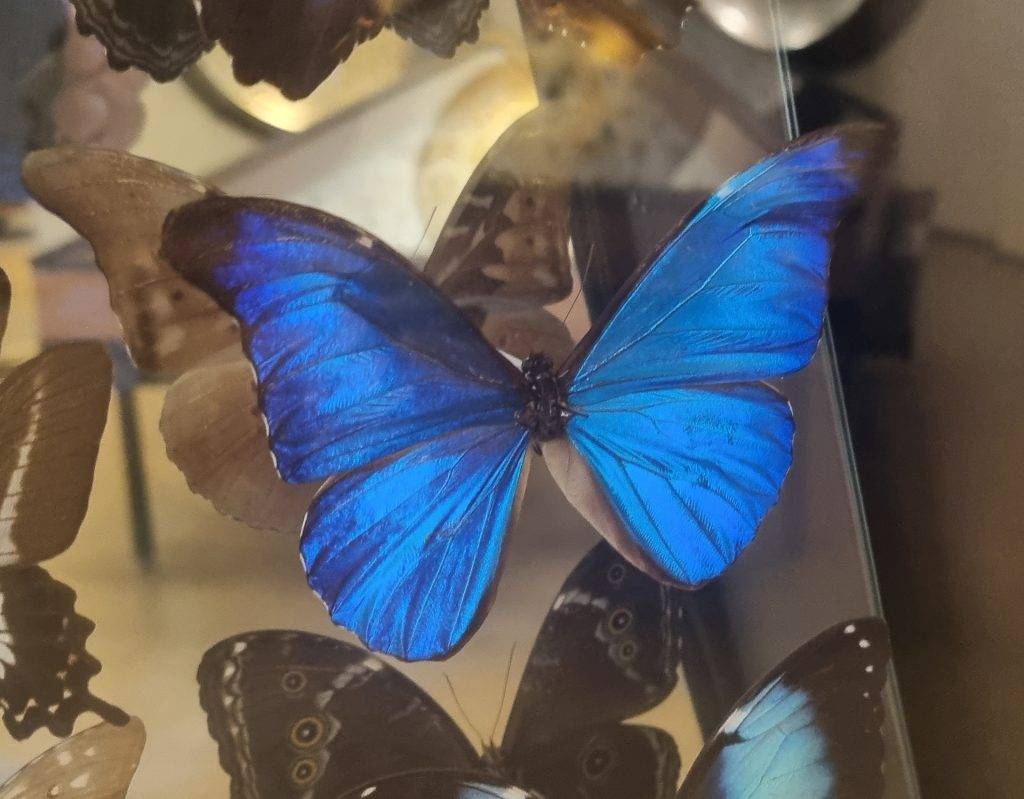
All the natural things have been seen, time for the last floor of the museum, the floor where you can see the impact of man on nature. It is worth mentioning that each floor of the museum has small activities for children to better understand our world. A good museum in the heart of Riga. This is actually the only museum whose location I hadn’t noticed (and hadn’t been to) before, because the best-hidden things (places) are right in front of your eyes.
Natural things have been looked at, I can move on to something more mechanical. The above-mentioned rain drops have subsided and the sun is starting to come out again. The clouds are slowly disappearing and I can pleasantly continue my planned route. I head to the Riga Motor Museum. I have been to see motor history before, but not with this motivation – to see everything through the eyes of a tourist, the eye-catching things. Motorcycles are luxury. Both the building and the exhibits are luxurious. Less information, more things to see. On the walls of the museum, there are various facts, classified as “myth or truth”. One of the questions is: “Is it true that the first speeding car was caught by a policeman on a bicycle?” The answer is already in the question. Originally, the speed limit for cars was 10 km/h, which seems like nothing nowadays, and no wonder it can be achieved on a bicycle. The museum also displays some of the first examples produced by the most popular brands, and the history of their origins, such as the well-known BMW, which did not start out with cars, and cars are not the only thing this company has made. Various fun facts about how the cars came to be equipped as they are today, such as the development of turn indicators, the window wiper appearing – sitting behind a bus window, and other equally interesting things.
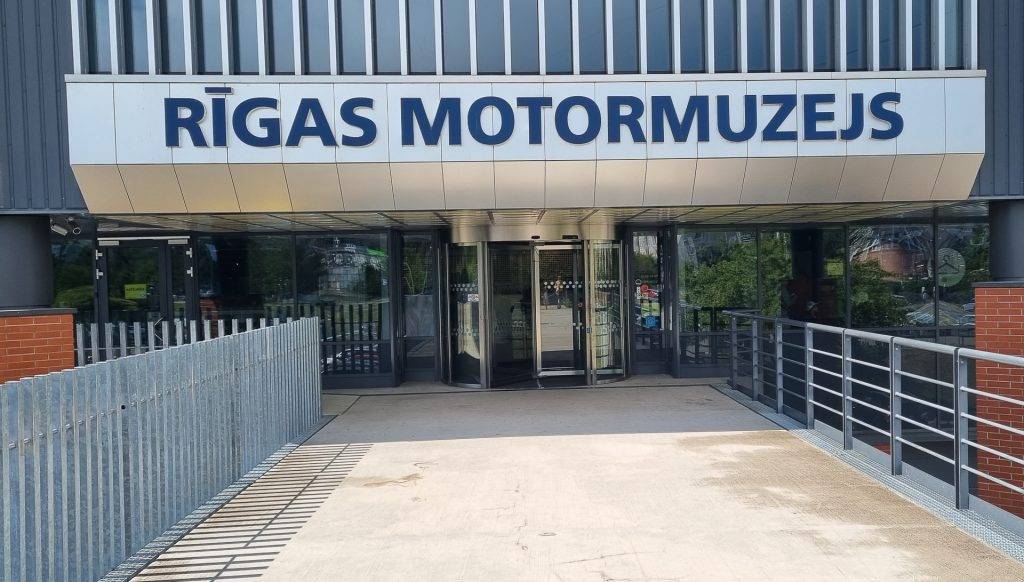
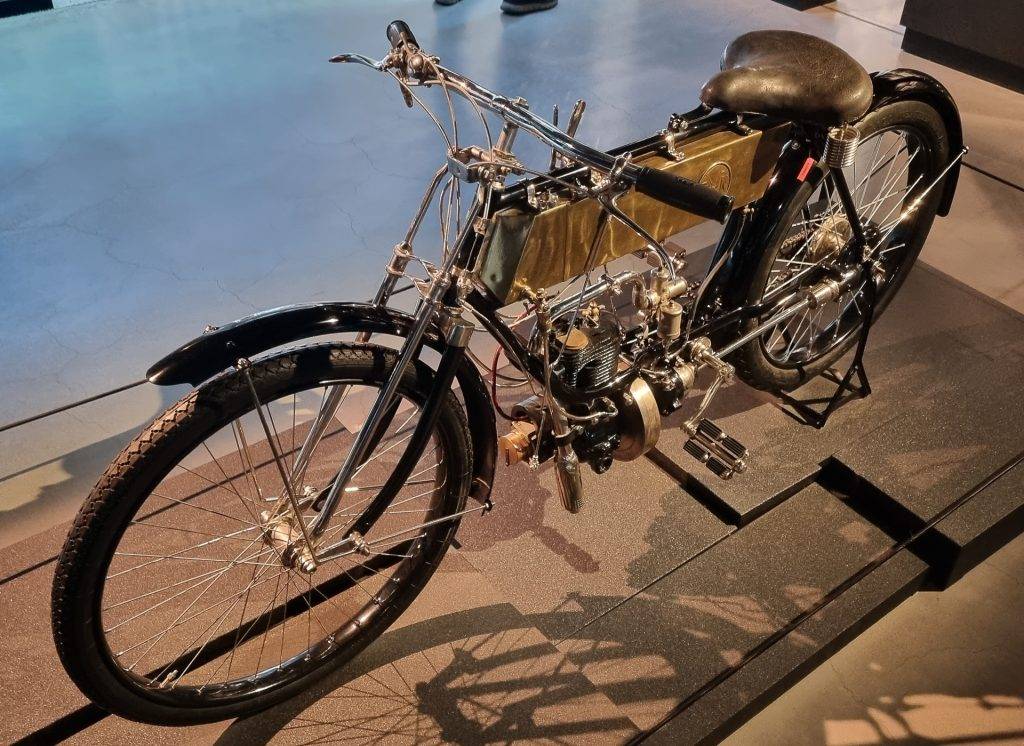
Looks like a bicycle
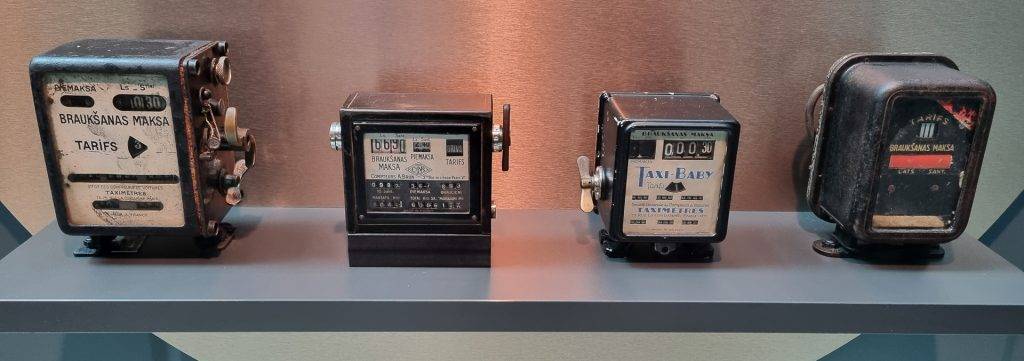
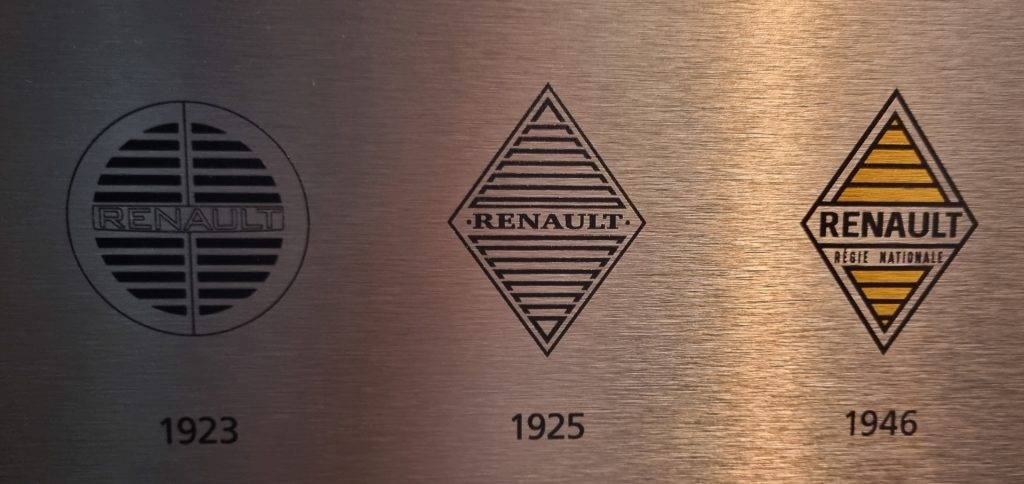
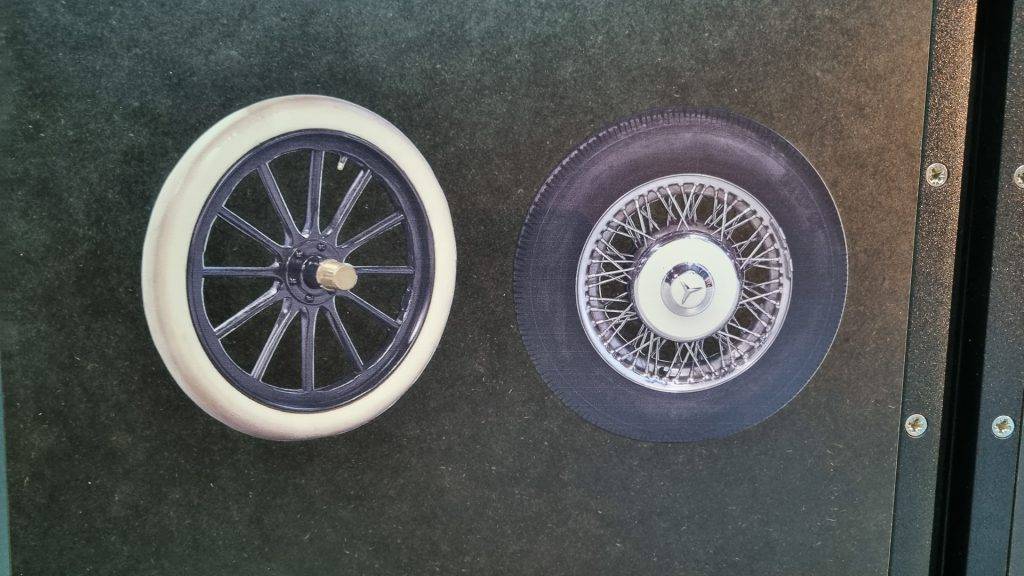
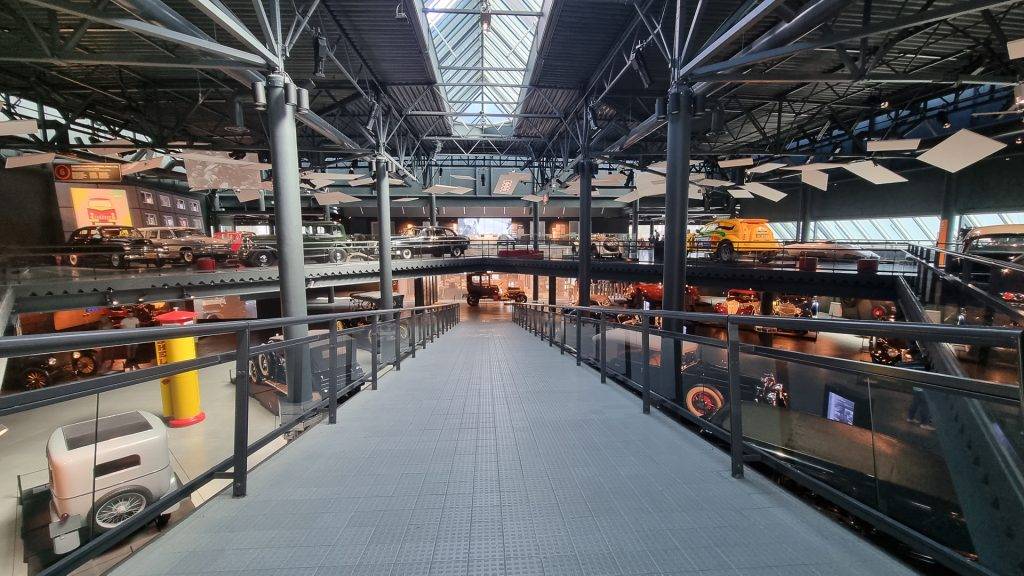
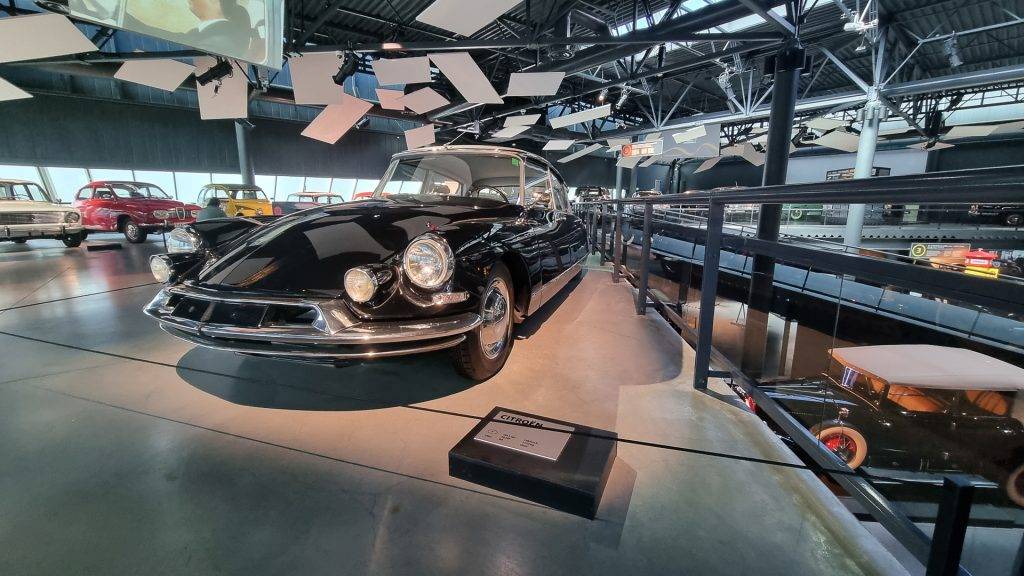
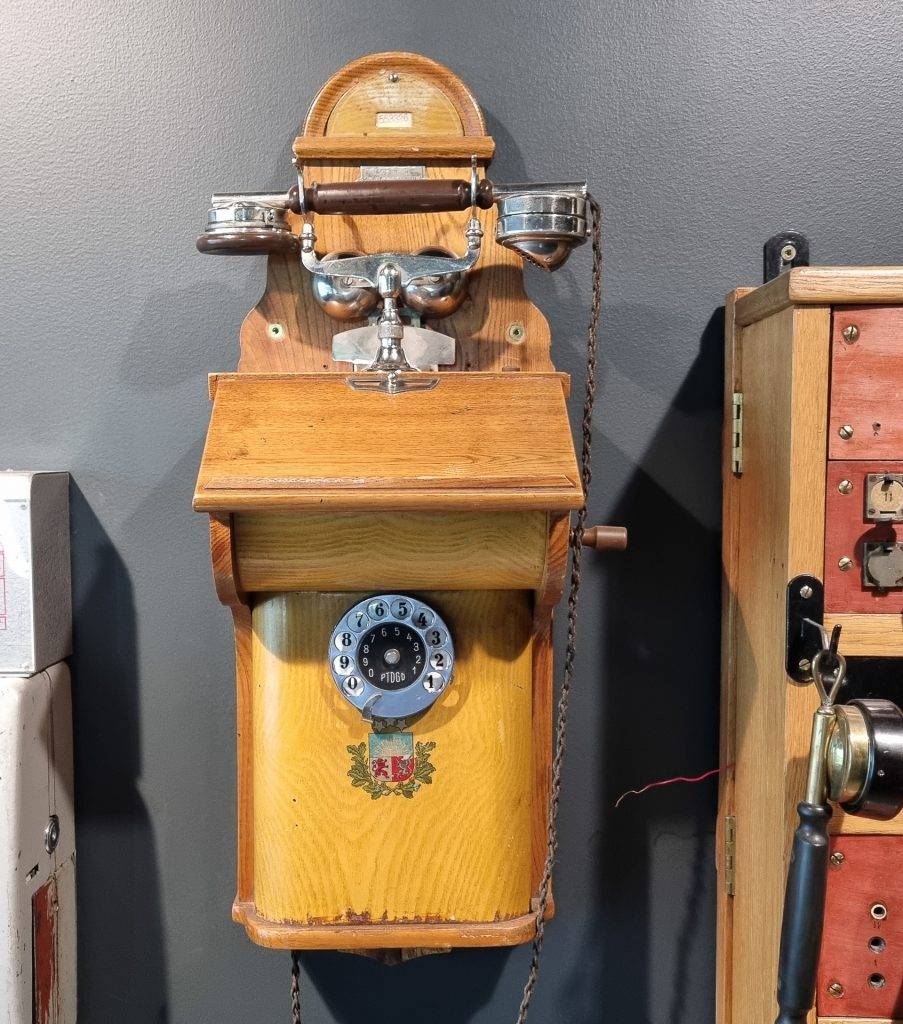
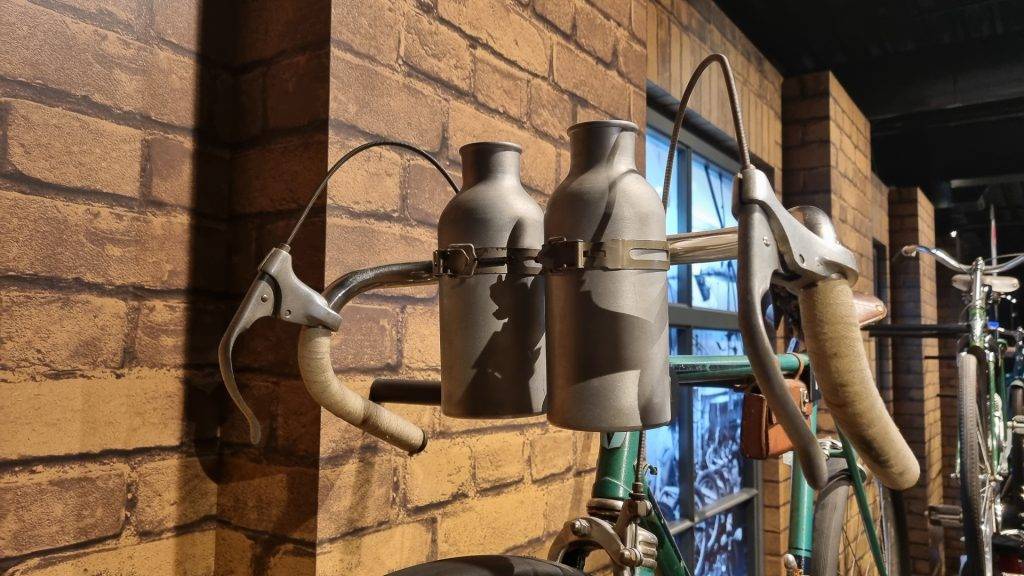
I don’t remember from the last time I visited, maybe it wasn’t there yet, maybe I didn’t see it, but this time it is. In the basement of the museum (1st floor, as the museum starts on the 2nd floor) there is an impression of a trip to a wedding in 1975. A brief description of the impression, I board the bus as a passenger, with a video playing on the front windows. Above the windows is a stylised rear-view mirror where a second video is shown, showing the bus driver commenting the “ride”. Funny commentary. Fits perfectly with the theme of the museum. It’s time to move on.
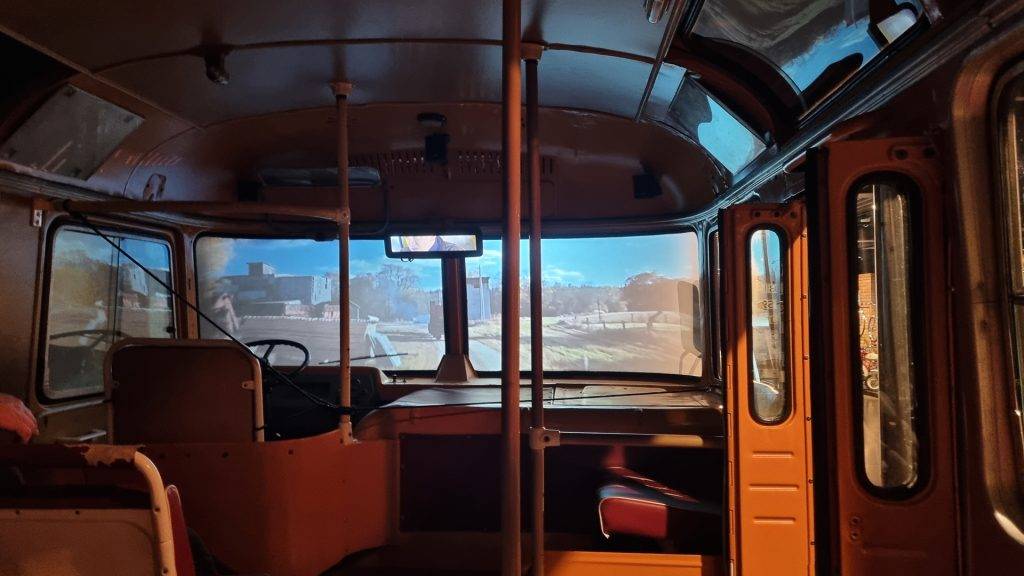
Both the day and the museum tour conclude with a visit to the Ethnographic Open-Air Museum of Latvia. This museum is relatively far from all the museums I have previously visited, but in a very convenient location. It is easy to reach both by public transport and by car. A museum about the life of our ancestors in the last centuries, and not only. Museums outside the city have one big advantage. A lot of space and the possibility to express yourself with exhibitions. The museum displays the historic houses of the people of Latvia as they were originally built. They have been transported from different regions of Latvia to the museum’s territory so that they can be seen in one place. In fact, all the houses are authentic and give a great insight into how our ancestors really lived.
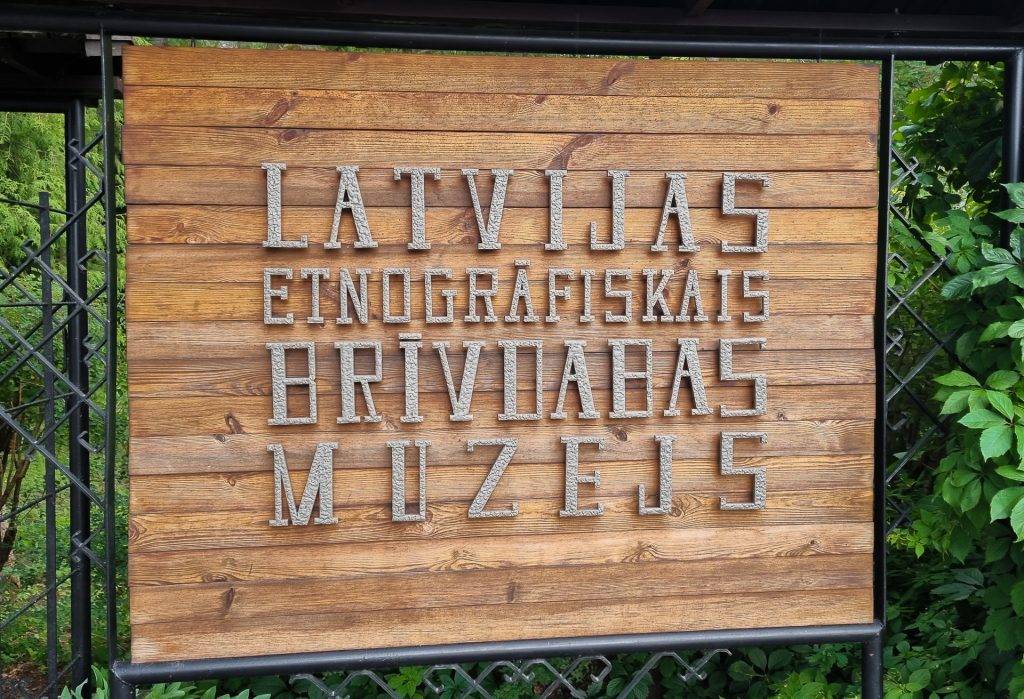
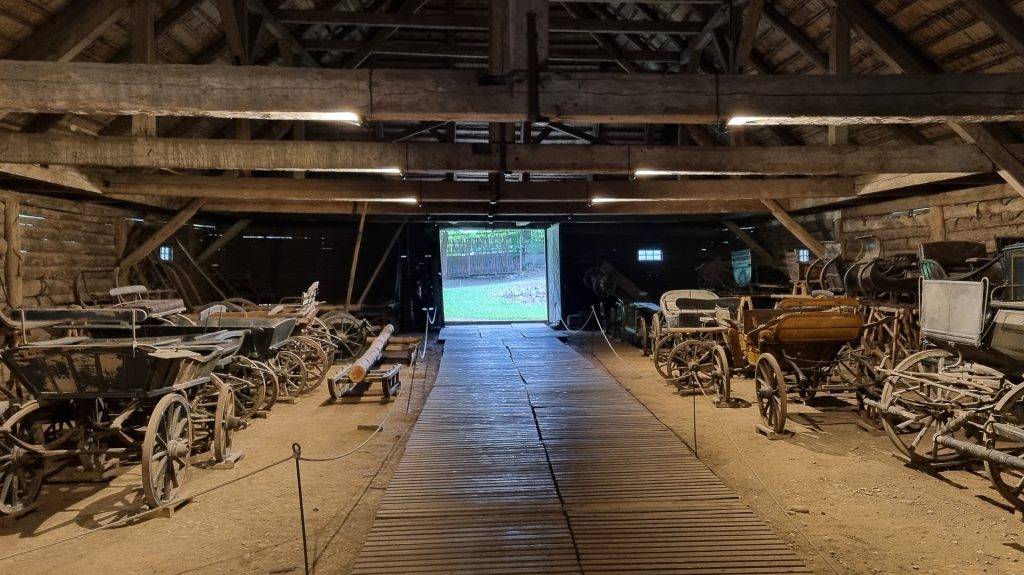
The first thing that “caught my eye” as a tall person is the low size of the door. In almost all houses, barns, granaries and other buildings, I went in bending down. There was also one building where it would have been more convenient to crawl in. Buildings with high doors were for churches. In one of the homesteads I was kept as a historian, because young men didn’t walk around alone like that. In each of the courtyards of the houses there is a museum worker who is dressed in the appropriate national costume for the region of the house represented. A great place to learn about Latvian history.
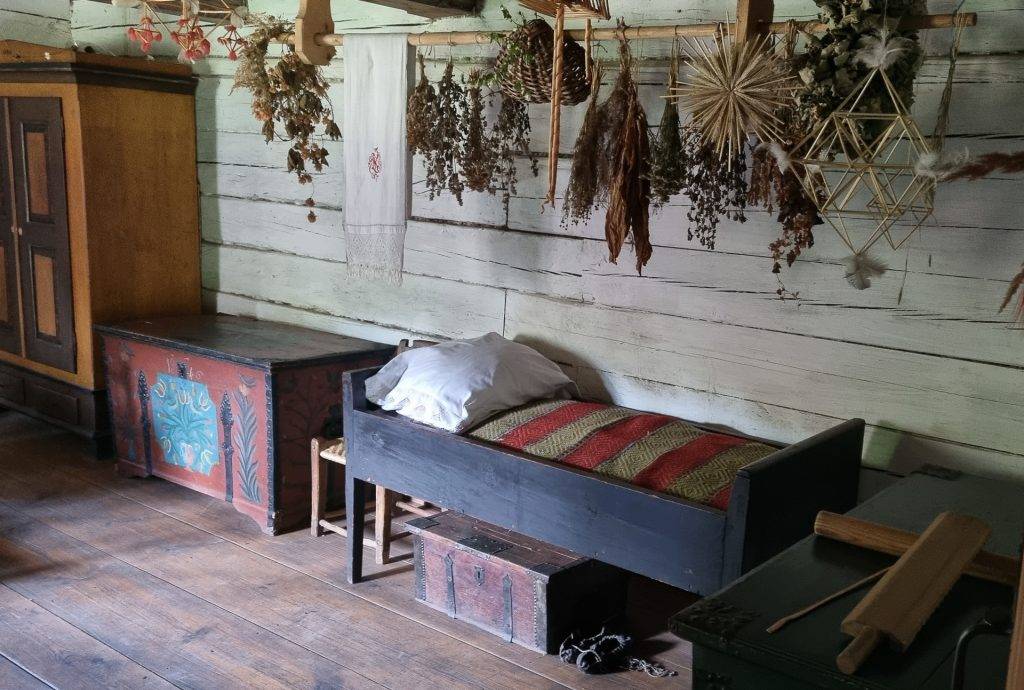
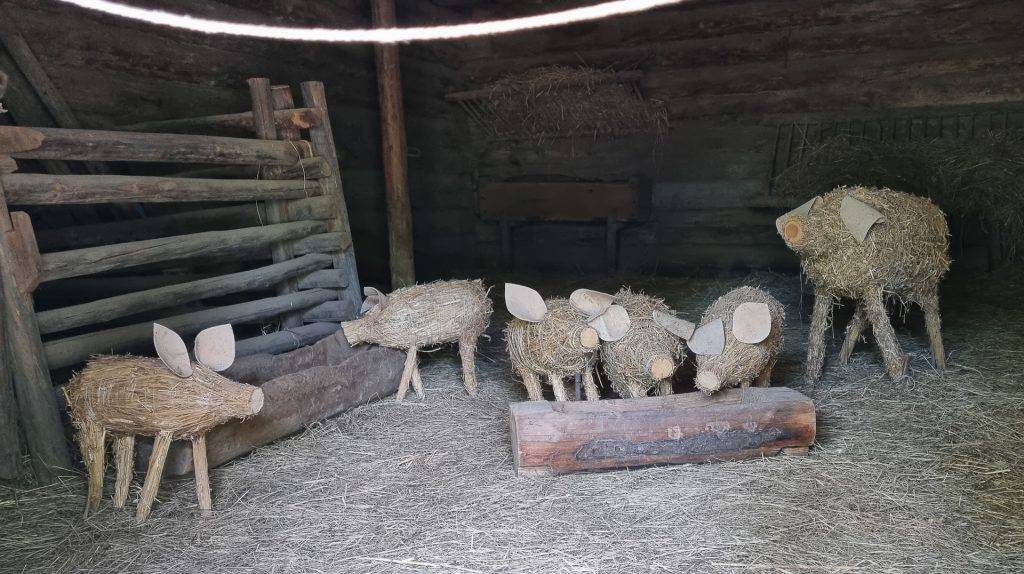
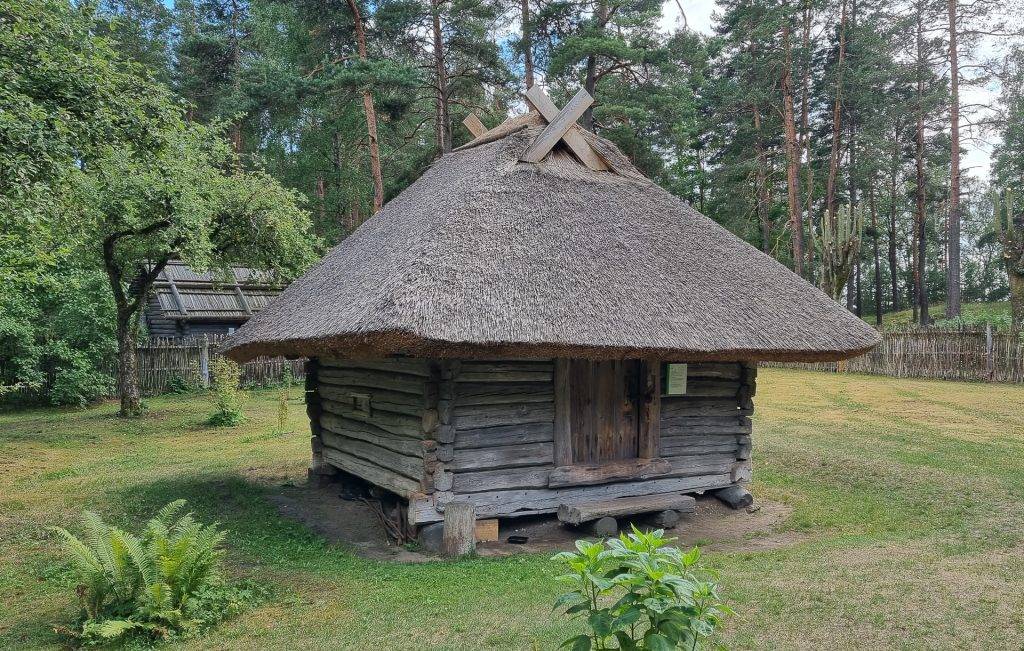
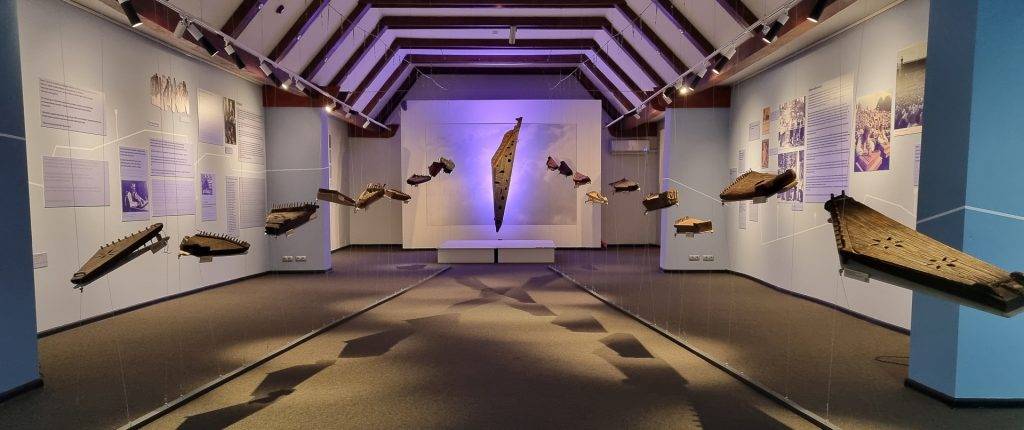
So my museum tour comes to an end, and I have to get back to my daily routine. In total, I visited 14 different places.